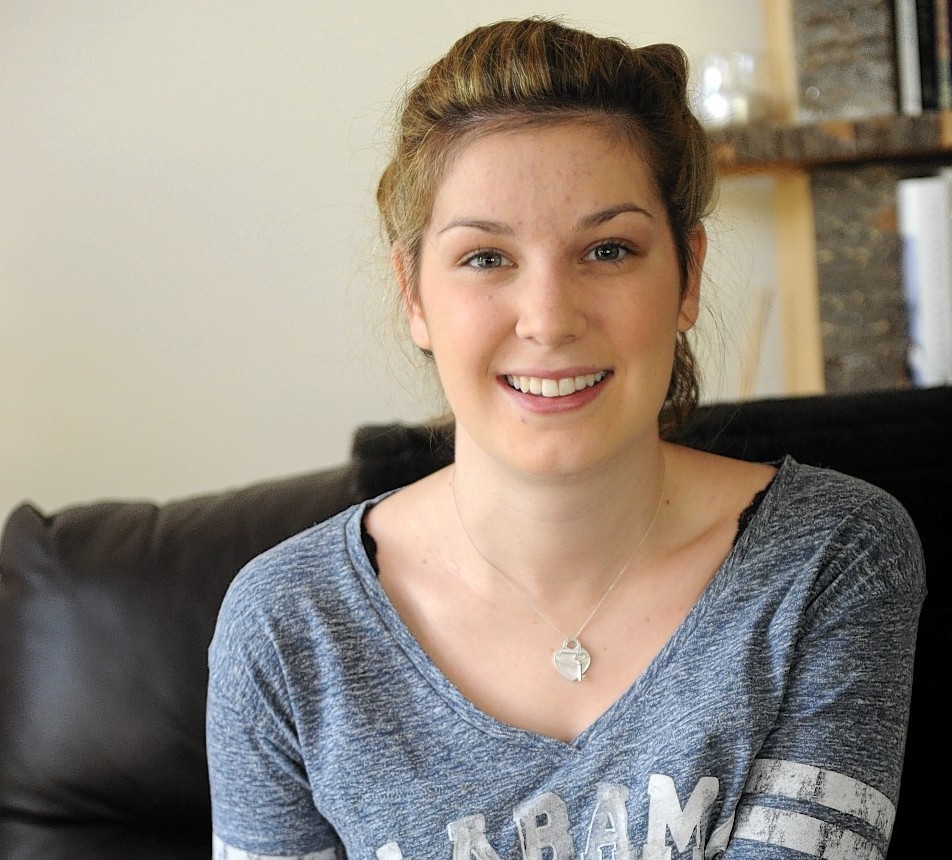A Moray woman has taken advantage of technology to ensure she will always be able to speak in her own voice, despite having a degenerative illness.
Lucy Lintott, the youngest person in Scotland to suffer from Motor Neurone Disease (MND), believes she will keep her voice naturally – although she is gradually losing muscle strength and her speech has slowed.
The 22-year-old from Garmouth describes her voice, and her distinctive laugh, as a huge part of her personality.
But, for the sake of her parents, Miss Lintott has attended sessions in Edinburgh where her speech patterns – and laugh – were recorded.
They will be used to ensure that, should she ultimately have to talk through a machine, it will sound like her.
Miss Lintott said: “I don’t think I will ever fully lose my voice, the recording was more for the benefit of my mum and dad.
“If I do lose it, it will be nice for them to hear it and my laugh again as they are such a big part of my personality.
“It sounds a bit synthesised, but it is as close to being me as possible and that is really important.”
One third of people with MND die within one year of their diagnosis, and Miss Lintott was given only three years to live when doctors told her she had the condition.
But she passed that point last November, and retains a positive outlook on life – though she concedes that she will only allow herself to plan “six months in advance”.
Recording her voice is just one of the ways that Miss Lintott is coping with her worsening condition.
She has managed to raise more than £120,000 towards finding a cure for MND, and recently visited a research centre in Edinburgh to learn about those efforts.
Scientists believe that some forms of tropical fish, which are able to rebuild connections between the brain and body, could hold the key to a breakthrough.
Miss Lintott was followed by TV crews making a documentary about her between October and March.
She added: “Hopefully it comes across that you can do anything you put your mind to, even if you are terminally ill.”
The documentary, called MND and 22-year-old Me, will air on BBC 2 Scotland next week.
